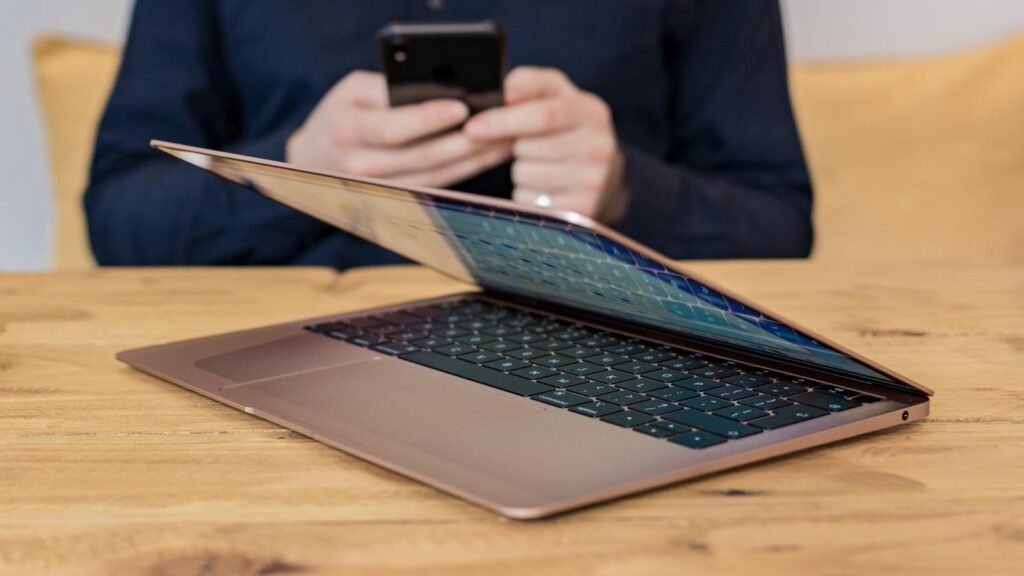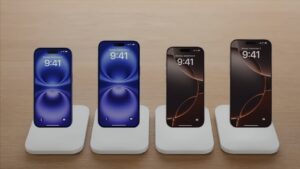Why I can’t wait to switch to a thinner MacBook Pro

Doing what I do for a living, I’m often asked for advice on buying a MacBook Pro. It involves a lot of back-and-forth—me asking questions, them answering, me giving options, them asking more questions. People want to understand the chips in play, memory configurations, ports, and, most importantly, whether their tools will still work.
Do you know what seldom comes up in these discussions? How thick the MacBook Pro is or how much it weighs. It’s a concern but it’s not the main one. Customers know what to expect and are fine with what’s being offered.
Apple seems to think the thickness of their devices is a problem that needs attention. According to a report by Bloomberg’s Mark Gurman, the new iPad Pro was just the start of “a new class of Apple devices that should be the thinnest and lightest products in their categories across the whole tech industry.” Gurman goes on to say that the MacBook Pro is getting a weight-loss treatment.
If this is Apple’s plan and it can execute it without making any drastic sacrifices, then I say bring it on. It’s an instance where a lot of customers accepted and dealt with it, but Apple can provide a bit of surprise and delight.
The MacBook Air was synonymous with “thin.” Apple wants to change that.
Foundry
Making the MacBook Pro thinner and why
With the iPad Pro, Apple introduced its thinnest device ever that’s also its most powerful tablet ever. No longer does thinness need to sacrifice features and performance. Apple silicon has a lot to do with making that possible and that’s a big change from the days of Intel processors. When the MacBook Air was introduced in 2008, its primary characteristic was its three-pound, 0.16-inch folded height (at its thinnest point) footprint. Its throttled Intel Core 2 Duo Merom processor, single USB port, and Micro-DVI port were accepted as compromises to make such a thin laptop.
The MacBook Pro, on the other hand, is a laptop that doesn’t compromise on performance, so it’s a given that its size and weight will be more than the MacBook Air. But we’re now in an era where Windows laptops are starting to embrace Arm processors and can offer performance without the thermal constraints that have always been their burden. Those PC laptops often target the MacBook Air, but you can bet that the MacBook Pro is on their radar too.
So, if Apple needs to find another hook to set the MacBook Pro apart from a sea of capable ARM-powered PCs, I’m OK with it being thinner. If Apple doesn’t sacrifice any features–specifically performance, battery life, and ports–then it’s all good, bring on the new thinness. Based on the current design, there’s definitely some room for shrinkage—and based on what we’ve seen from the iPad Pro, you can certainly count on Apple to keep performance and battery life the same. Ports could be an issue, but I can’t imagine Apple will suddenly turn the MacBook Pro into a MacBook Air just to keep it thinner.
At 5.1mm, the M4 iPad Pro is significantly thinner than the MacBook Air (11.2mm) and MacBook Pro (15.5mm).
Petter Ahrnstedt
Like the incredibly light and portable M4 iPad Pro, a thinner MacBook Pro would turn Apple’s fastest laptop into an ultraportable workstation that can fit into any bag without weighing you down. Rather, the compromises of a thin MacBook Pro appear to be under the hood. Gurman makes a general statement about Apple’s plans and doesn’t provide any details on how Apple plans to slim down the MacBook Pro. Unlike the iPad Pro, there needs to be a fan, but we’ve already seen companies experimenting with ultra-thin cooling chips that could make their way into a redesigned MacBook Pro.
iFixit’s teardown of the new, thinner iPad Pro also provides a clue: screws take up too much space, so internal components are glued down instead. Apple could take the same approach with a thinner MacBook Pro, but using glue means that internal components such as the motherboard and speakers will be much more difficult to repair and replace. iFixit does note that the new iPad Pro’s battery is much easier to replace than before, so if that translates to the MacBook Pro, that’s a win.
The MacBook Pro is already hard to repair; a thinner one will make it more so. That might not be the kind of progress longtime users are looking for, but I’m ready to embrace it. For many years, I’ve opted for larger MacBook Pro models, going as far back as the 17-inch MacBook Pro. I don’t mind the weight and size, but I certainly won’t turn down a thinner 16-inch MacBook Pro, even if Apple has to make a few sacrifices to get there.
MacBook


